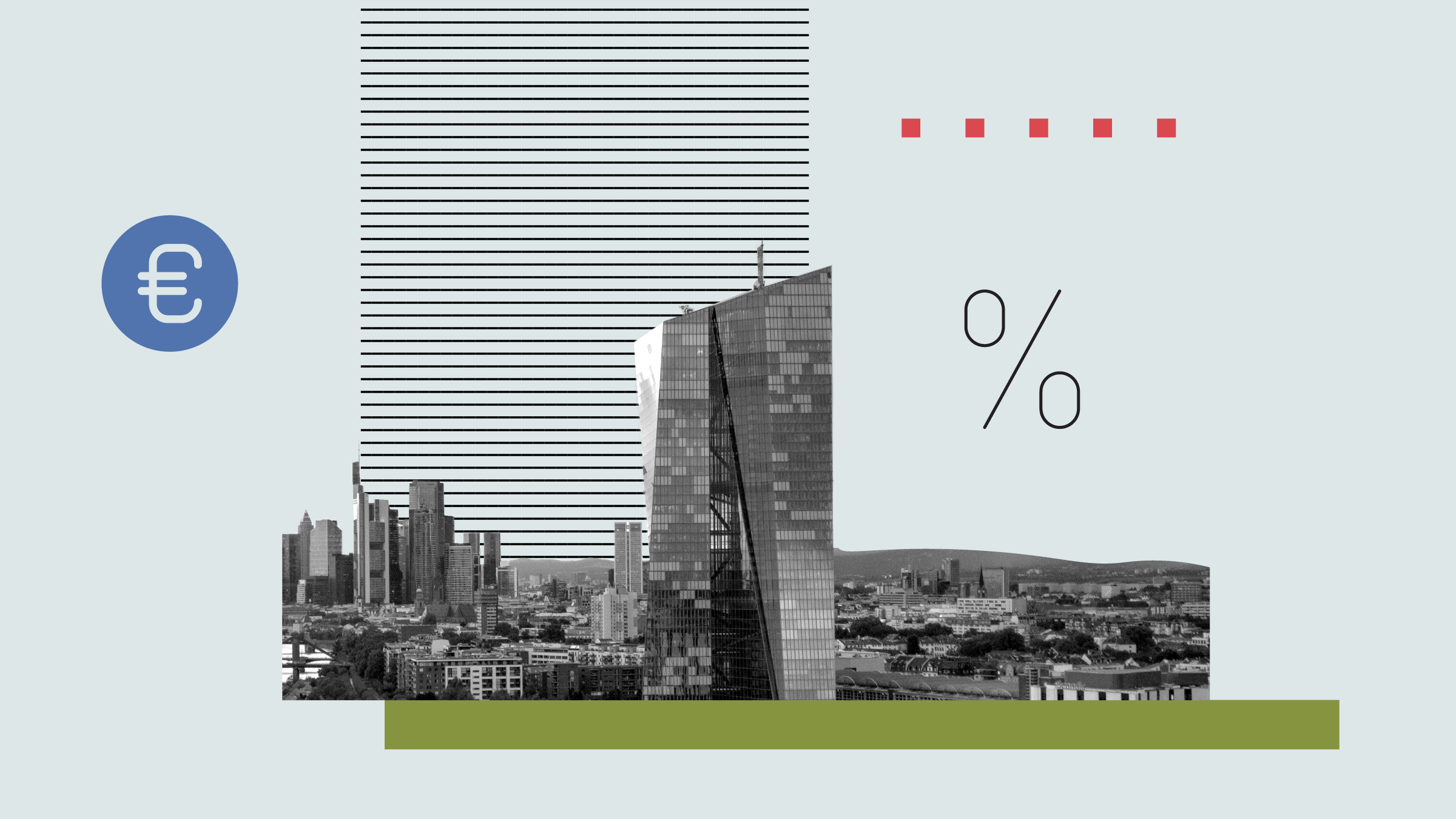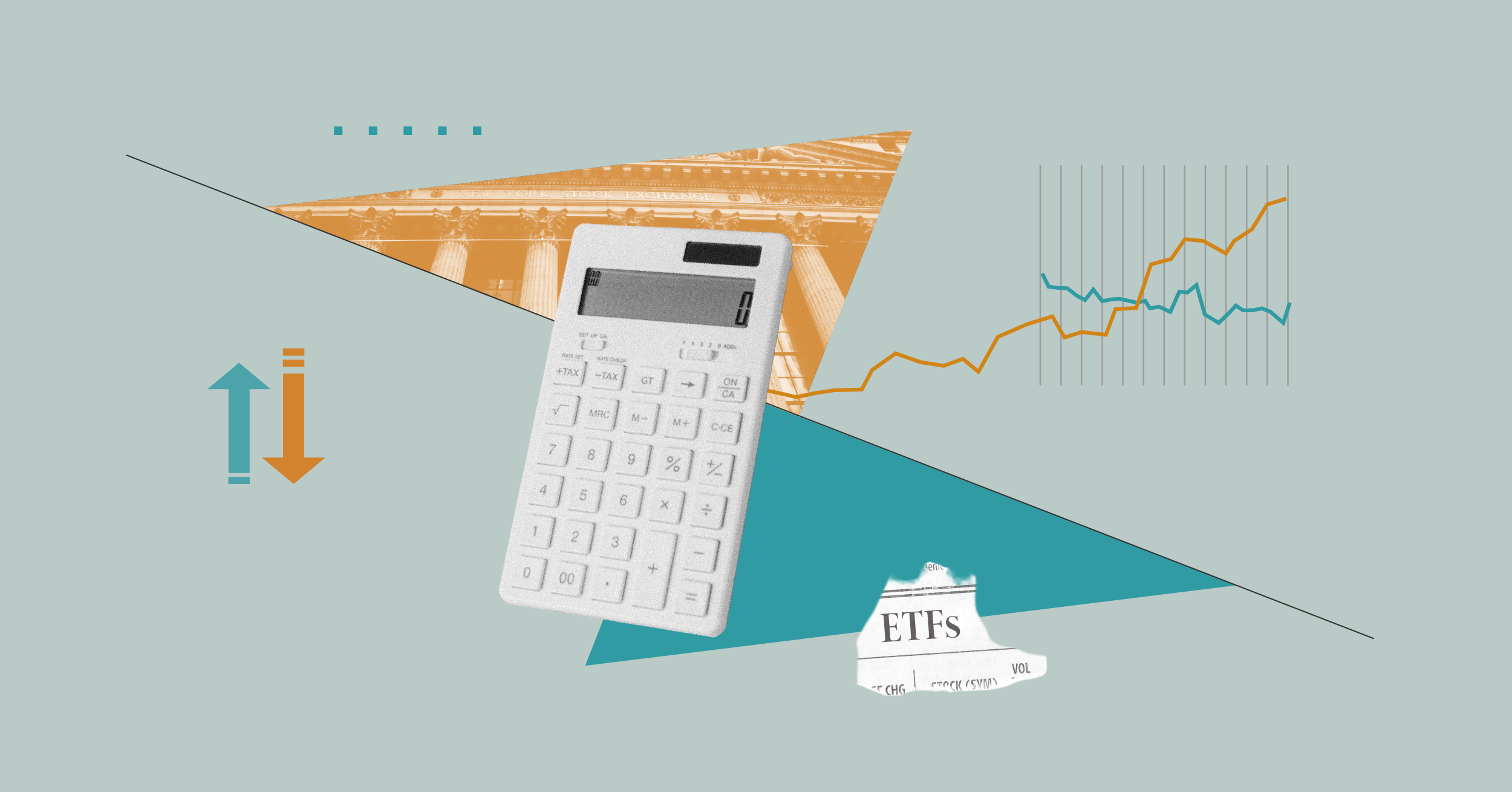
Markets are looking ahead to flash data on eurozone inflation, which will be released by Eurostat on Nov. 29, ahead of the last European Central Bank meeting of the year on Dec. 12.
Headline inflation is forecast to be 2.4% higher than November 2023 levels, according to FactSet consensus estimates, and up from October reading of 2.0% year on year (YoY).
Core inflation, which shows prices without energy and food costs, is expected at 2.9% year on year in November.
“Eurozone inflation is expected to rise once again in November, to 2.4%, from 2% in October. For the bears out there, this may cause some consternation, with commentators wondering just two months ago whether the ECB has been too slow in cutting rates, and worse, whether we were entering a deflationary environment,” says Michael Field, European market strategist at Morningstar.
“Core inflation is expected to rise by a more modest 0.2%, highlighting that core prices are broadly stable. Much of the increase was around services inflation, particularly wage rates, with the European employment market still tight by historical standards,” adds Field.
In October 2024, the greatest contributors to the annual euro area inflation rate (HICP) were services (+1.77 percentage points, pp), followed by food, alcohol & tobacco (+0.56 pp), non-energy industrial goods (+0.13 pp) and energy (-0.45 pp).
When Will Inflation Start Falling Again?
According to Martin Wolburg, senior economist at Generali Investments, inflation will embark on a downward trajectory again only from January onwards. “After having had fallen to only 1.7% YoY, the lowest rate since June 2021, by September, euro area headline inflation is set to further rebound in November,” he said.
“Firms’ output prices in the PMI survey rose. The key upward driver will again come from less disinflationary energy price-related base effects. Core inflation might even rise again with base effects from accommodation prices playing an important role. All in all, we agree with the consensus expectation of a November headline inflation rate of 2.4% YoY, up from 2.0% YoY before.”
Goldman Sachs expects headline inflation to increase to 2.34% in November and cool “over the upcoming months”, but they add – in their November inflation preview – that they see “firmer October final inflation details and the increase in the underlying inflation pace as a sign of potentially more sticky than anticipated core pressures.” They expect end-24 core inflation of 2.6% YoY and headline inflation of 2.5%YoY.
Economic Slowdown a Bigger Concern Than Inflation
During 2024, inflation in the eurozone declined significantly, however some inflationary components such as wages remain “sticky”. “Barring unforeseen events, such as fluctuations in energy prices or unexpected fiscal stimulus, inflation is expected to stabilize”, Antonella Manganelli, CEO of Payden & Rygel Italia, told Morningstar.
“However, downside risks remain, mainly related to weak economic growth. Indeed, growth prospects for the eurozone remain limited. The global manufacturing sector is still struggling, with Germany, the main industrial engine, suffering from slow exports and challenges in energy-intensive sectors.”
Concerns for economic growth increased after Trump’s election, because the full implementation of Trump’s proposed policies will put further pressure on the European economy. According to Dave Chappell, senior fixed income portfolio manager at Columbia Threadneedle Investments “this should prompt the ECB to be more active than the Fed in reducing rates.”
Chappell explained to Morningstar that if the United States put up more barriers to trade, the only way for China to sustain its exports could be to further flood Europe with its low-cost products, especially electric vehicles, impacting the growth of the euro-area economy.
How Much Will the ECB Cut Interest Rates in December?
The ECB meeting will take place on Dec. 12 and a rate cut is seen as a done deal, while the debate on “how much” remains open. The Frankfurt-based Central Bank cut its key deposit facility rate by 0.25 percentage points to 3.25% in October, and reiterated downside risks to growth but generally expressed a preference for gradual cuts. ECB officials also expressed a range of views on the inflation impact of renewed trade tensions.
Field believes the November inflation reading shouldn’t give the ECB “too much pause”. “For almost two years wage growth lagged inflation, so it is to be expected that there is some catch-up effect still playing out. Provided it doesn’t rise much higher, inflation is still close enough to where it needs to be, at or around the ECB’s targeted 2% level,” said Field.
According to Goldman Sachs, a 25 basis point cut remains likely in December, but “a material miss” on upcoming inflation data could still tip the balance towards 50 basis points.
After November’s flash PMIs came in well below expectations, markets started to price in a cut of 50 basis points in December.
“In our view, this move could be accompanied by a decisive revision of the balance sheet reduction path, but it is difficult to estimate a specific probability,” says Giorgio Broggi, quantitative analyst at Moneyfarm, told Morningstar on Nov. 22.
“Indeed, the ECB, in addition to having a mandate obligation on price increases but not growth, also has a reputation under Lagarde’s leadership of being more reactive than preventive. As a result, the ECB could proceed cautiously, despite economic weakness. In any case, we expect a rate between 1.5% and 1.75% at the end of 2025, in line with market expectations.”
Manganelli of Payden & Rygel Italia is expecting a 25 basis point cut in December, and further reduction next year, however she doesn’t rule out deeper cuts if the economy deteriorates and trade tensions increase.
The author or authors do not own shares in any securities mentioned in this article. Find out about Morningstar's editorial policies.
























